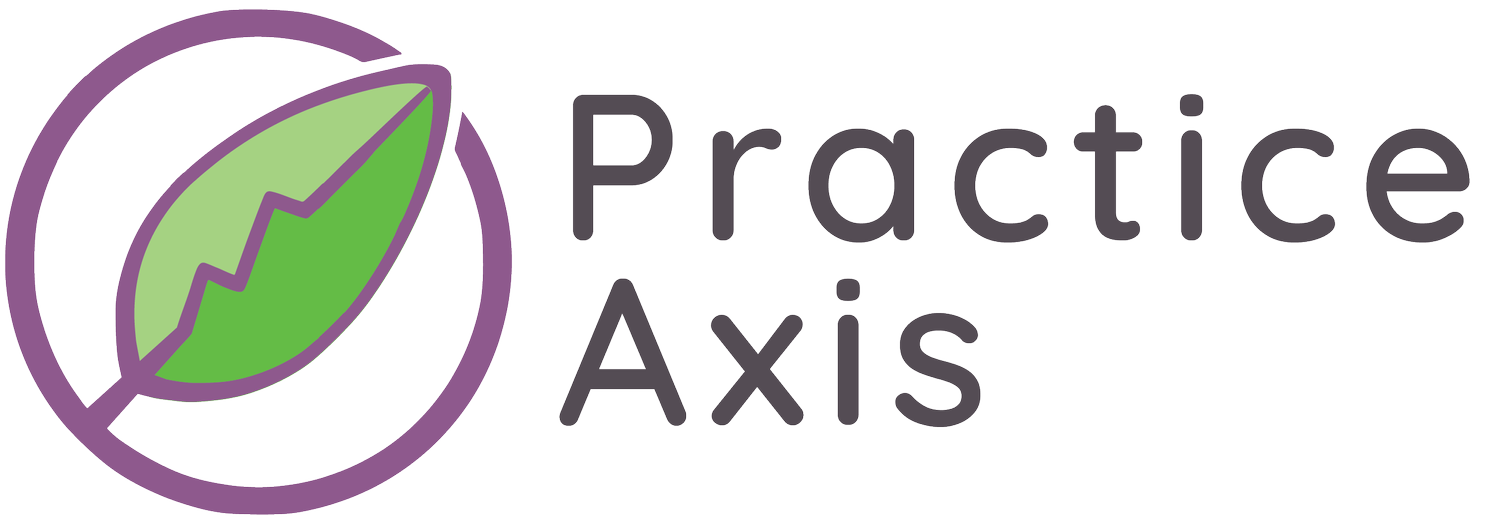The art of automation with a personal touch
As a therapist, you know that building a strong relationship with your clients is key to providing effective treatment. But, when it comes to managing the administrative and operational aspects of your private practice, it can be challenging to strike the right balance between automation and the human touch.
In today's digital age, there are a variety of tools and software that can automate many of the tasks involved in running a practice. But, how do you know when automation becomes too much and when to incorporate the personal touch that clients crave?
Here are four areas to leverage automation to streamline your practice without sacrificing the human touch:
Welcoming Someone to Your Practice
It's true that you can welcome someone to your practice through email, but nothing beats the personal touch of a welcome call. A call is an opportunity for you to make a connection with the potential client, and show them that you are not just a faceless entity behind a computer screen. A task automation can remind you to make that call, so everyone gets the same standard of care right from the start.
Explaining High Deductibles and Benefits
If a potential client has a high deductible, it can be tempting to simply send them an email with the details for efficiency’s sake. However, taking the time to give them a call and explain the benefits of working with one of your therapists at your office can make a big difference. By having a personal conversation, you can help them understand that the benefits of working with you go beyond just the financial aspect. Instead of automating the email, automate the task to give them a call so you ensure they get that touchpoint.
Personalizing Automated Communications
While automating communications can save time and streamline your workflow, it's important to make sure these communications still feel personal to the recipient. For example, using a client's first name in automated emails or sending personalized recommendations based on their intake form can help make the communication feel more personal and show that you care about them as an individual, all without sacrificing your time.
Following Up After Intake Sessions
Following up with your clients after an intake session can also help maintain a personal connection and show that you care about their needs. You can automatically send a survey to check in on how the session went and follow up with a call when they respond.
The automation dilemma in therapy is a delicate balance between streamlining your workflow and maintaining a personal touch. At Practice Axis we can help you weave in the human touch at key areas of your practice, schedule a demo here!


